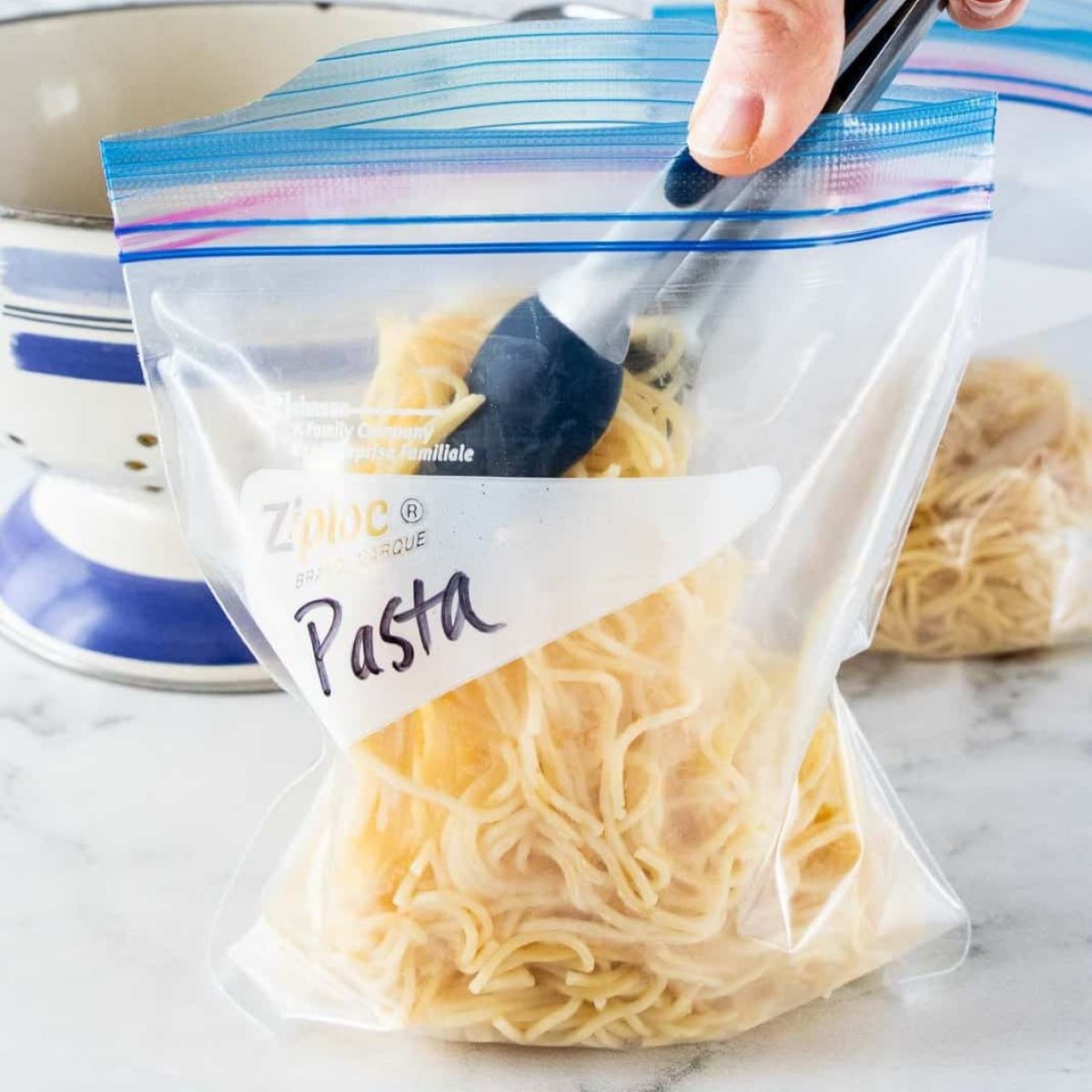

Articles
How To Store Cooked Pasta Without Sauce
Modified: December 7, 2023
Discover the best methods to store cooked pasta without sauce in this informative article. Keep your leftovers fresh and delicious for longer!
(Many of the links in this article redirect to a specific reviewed product. Your purchase of these products through affiliate links helps to generate commission for Storables.com, at no extra cost. Learn more)
Introduction
When it comes to storing leftover cooked pasta, most people automatically think of storing it with sauce. However, there are times when you may want to store your cooked pasta without sauce. Whether you have made a large batch and want to use it for different dishes, or you simply prefer to add the sauce later to maintain its freshness, knowing how to store cooked pasta without sauce is a valuable skill.
In this article, we will explore the reasons why you might want to store your cooked pasta without sauce, as well as the best methods for doing so. By following these methods, you can ensure that your pasta remains tasty and safe to eat even after several days.
Key Takeaways:
- Storing cooked pasta without sauce offers flexibility in meal planning, preserves texture, and extends shelf life. Refrigerating, freezing, or storing at room temperature are effective methods for maintaining pasta quality.
- Properly cooling, draining, and storing cooked pasta without sauce in airtight containers ensures freshness and safety. Whether reheating for immediate use or planning for future meals, these practices maximize the enjoyment of leftover pasta.
Read more: How To Store Pasta Sauce In Freezer
Why store cooked pasta without sauce?
While it’s common to store cooked pasta with sauce, there are several reasons why you might want to store it without sauce:
- Flexibility in meal planning: Storing cooked pasta without sauce gives you the flexibility to use it for different dishes. You can add a variety of sauces, such as marinara, Alfredo, or pesto, depending on your preferences and the dish you are planning to make.
- Preserving texture: Sauces can cause the pasta to become soggy over time, especially if it’s stored for an extended period. By storing without sauce, you can maintain the desired texture of the pasta, ensuring it remains firm and al dente when you’re ready to use it.
- Extended shelf life: Sometimes, you may have leftover cooked pasta with sauce and want to store it for a longer period. Storing the pasta without sauce can help extend its shelf life, as sauces can spoil faster than plain pasta.
- Customizable portioning: By storing pasta without sauce, you can portion it according to your needs. This is particularly useful when meal prepping or if you have specific dietary requirements.
- Reduced risk of cross-contamination: If you plan to use the leftover pasta for different purposes, such as adding it to salads or stir-fries, storing it without sauce can help prevent cross-contamination and preserve the flavors of the different dishes.
By considering these factors, you can see the advantages of storing cooked pasta without sauce. It allows you to have greater control over the flavors, textures, and versatility of your pasta dishes.
Best methods for storing cooked pasta without sauce
Now that we understand the benefits of storing cooked pasta without sauce, let’s explore the best methods for doing so:
- Method 1: Refrigerating cooked pasta without sauce
- Cook the pasta until it’s al dente or slightly undercooked. Overcooked pasta can become mushy after refrigeration.
- Drain the pasta, rinse it with cold water to stop the cooking process, and remove any excess water.
- Transfer the pasta to an airtight container or resealable plastic bag.
- Label the container or bag with the date and store it in the refrigerator.
- Method 2: Freezing cooked pasta without sauce
- Cook the pasta until it’s al dente or slightly undercooked.
- Drain and rinse the pasta with cold water to stop the cooking process.
- Spread the pasta in a single layer on a baking sheet lined with parchment paper or a silicone mat.
- Place the baking sheet in the freezer and freeze the pasta until it’s firm and not sticking together.
- Transfer the frozen pasta to a freezer-safe bag or airtight container. Label it with the date and store it in the freezer.
- Method 3: Storing cooked pasta without sauce at room temperature
- Cook the pasta until it’s al dente or slightly undercooked.
- Drain and rinse the pasta with cold water to stop the cooking process.
- Toss the pasta with a small amount of olive oil or melted butter to prevent sticking.
- Place the pasta in a bowl or on a plate and cover it with a clean kitchen towel or plastic wrap.
- Store the pasta in a cool, dry place away from direct sunlight and heat sources.
This method is ideal for short-term storage, typically up to 3-5 days. Here’s how to do it:
If you want to store your cooked pasta for a longer period, freezing is the best method. Here’s what you need to do:
If you plan to use the pasta within a few hours, storing it at room temperature is an option. Here’s how:
These methods provide effective ways to store cooked pasta without sauce, allowing you to maintain its quality and freshness for future use.
Method 1: Refrigerating cooked pasta without sauce
Refrigerating cooked pasta without sauce is a simple and convenient way to store it for a few days. Follow these steps to ensure your pasta stays fresh:
- Cook the pasta until it reaches the desired level of doneness. It’s best to cook it al dente or slightly undercooked, as overcooked pasta can become mushy when refrigerated.
- Once the pasta is cooked, drain it thoroughly in a colander and give it a quick rinse with cold water. This helps remove excess starch and stops the cooking process.
- Shake or toss the colander to remove any remaining water, ensuring the pasta is as dry as possible.
- Transfer the cooked and drained pasta to an airtight container or resealable plastic bag. Make sure the container or bag is clean and dry before adding the pasta.
- Seal the container or bag tightly to prevent air or moisture from entering.
- Label the container or bag with the date using a permanent marker. This will help you keep track of its freshness.
- Place the container or bag of pasta in the refrigerator. The ideal temperature for storing cooked pasta is below 40°F (4°C).
- Store the pasta for up to 3-5 days in the refrigerator. It’s important not to exceed this time to ensure the pasta remains safe to consume.
When you’re ready to use the refrigerated pasta, simply take out the desired portion and heat it up in a microwave, stovetop, or oven. You may also choose to add your preferred sauce at this stage to enhance the flavors of the dish.
Remember, refrigeration slows down the growth of bacteria but doesn’t completely stop it. Therefore, it’s crucial to store the pasta at the proper temperature and consume it within the recommended time.
Refrigerating cooked pasta without sauce allows you to have a quick and convenient meal option on hand. Whether you’re reheating it for a simple pasta dish or adding it to a salad, this method ensures that your pasta remains fresh and delicious.
After cooking, toss pasta in a bit of olive oil to prevent sticking. Store in an airtight container in the refrigerator for up to 5 days. Reheat by tossing in boiling water for a few minutes.
Method 2: Freezing cooked pasta without sauce
If you want to store your cooked pasta for an extended period, freezing is the most effective method. Freezing cooked pasta without sauce preserves its texture and flavor. Here’s how to do it:
- Cook the pasta until it reaches al dente or just slightly undercooked. Avoid overcooking, as the pasta may become mushy after freezing and reheating.
- Drain the cooked pasta and rinse it with cold water to remove excess starch and cool it down.
- Spread the pasta out in a single layer on a baking sheet lined with parchment paper or a silicone mat. Make sure the individual pasta pieces are not touching each other.
- Place the baking sheet with the pasta in the freezer and allow it to freeze for about 1-2 hours, or until the pasta is firm to the touch.
- Remove the baking sheet from the freezer and transfer the frozen pasta to a freezer-safe bag or airtight container. Be sure to label the container with the date to keep track of its freshness.
- Squeeze out any excess air from the bag or container to prevent freezer burn.
- Seal the bag or container tightly to prevent moisture from entering.
- Return the pasta to the freezer and store it for up to 3 months. Beyond this time, the quality and taste of the pasta may begin to deteriorate.
When you’re ready to use the frozen pasta, there’s no need to thaw it. You can cook it directly from frozen state. Here are a few options:
- Boiling: Place the frozen pasta directly into a pot of boiling water and cook for a few minutes until it becomes tender.
- Microwaving: Transfer the frozen pasta to a microwave-safe dish, cover it, and microwave on high for a few minutes, stirring occasionally, until it’s heated through.
- Oven reheating: Preheat your oven to around 350°F (175°C). Place the frozen pasta in an oven-safe dish, cover it with foil, and bake for about 20-30 minutes, or until it’s heated thoroughly.
After reheating, you can add your desired sauce or toppings to the pasta to complete the dish.
Freezing cooked pasta without sauce is a fantastic way to have a convenient meal option ready in your freezer. With proper freezing and reheating techniques, the pasta will maintain its taste and texture, making it a delicious and time-saving choice.
Read more: How To Store Cooked Pasta With Sauce
Method 3: Storing cooked pasta without sauce at room temperature
If you plan to use the cooked pasta within a few hours, storing it at room temperature is a viable option. This method is convenient when you want to enjoy the pasta without the need for refrigeration or freezing. Here’s how you can store cooked pasta without sauce at room temperature:
- Cook the pasta until it reaches al dente or slightly undercooked. It’s important not to overcook it, as the pasta can become soft or mushy when stored at room temperature.
- Drain the cooked pasta and rinse it with cold water to stop the cooking process and remove excess starch.
- Transfer the pasta to a bowl or plate and toss it with a small amount of olive oil or melted butter. This will help prevent the pasta from sticking together.
- Ensure that the pasta is spread out evenly and not piled on top of each other.
- Cover the bowl or plate with a clean kitchen towel or plastic wrap to protect the pasta from dust and other contaminants.
- Store the pasta in a cool, dry place away from direct sunlight and heat sources. A pantry or cupboard is ideal for this purpose.
- Use the pasta within 2-3 hours from the time it’s cooked. Storing it at room temperature for longer than this can increase the risk of bacteria growth and spoilage.
When you’re ready to use the pasta, you can reheat it by boiling it in salted water for a few minutes or by adding it directly to hot sauces or dishes for further cooking. The pasta should be heated through to ensure food safety and a pleasant eating experience.
It’s important to note that storing cooked pasta without sauce at room temperature is not recommended for extended periods. Bacteria can grow quickly at room temperature, so it’s crucial to consume the pasta within a few hours to minimize the risk of foodborne illness.
This method can be useful if you plan to use the pasta for immediate meals or if you’re incorporating it into recipes that require further cooking. Just remember to practice proper food safety guidelines and observe the recommended time frame to ensure the pasta remains safe and enjoyable.
Tips for storing cooked pasta without sauce
To ensure that your stored cooked pasta without sauce retains its quality and stays safe to consume, here are some helpful tips to keep in mind:
- Properly cool the pasta: After cooking, rinse the pasta with cold water to cool it down quickly and stop the cooking process. This helps maintain the texture and prevents it from becoming mushy.
- Avoid overcooking: Cook the pasta al dente or slightly undercooked. Overcooked pasta becomes soft and loses its structure, resulting in a less appetizing texture when stored.
- Drain and dry thoroughly: Ensure that you drain the cooked pasta well to remove any excess water. This helps prevent sogginess and the growth of bacteria.
- Use airtight containers: When storing cooked pasta without sauce, use airtight containers or resealable plastic bags. This prevents exposure to air, which can lead to drying out and alteration of texture.
- Label and date: Always label your containers or bags with the date of storage. This helps you keep track of freshness and ensure that you consume the pasta within the recommended time frame.
- Keep it separate: If you’re storing different types of pasta shapes or sizes, it’s best to keep them separate to prevent them from sticking together. You can use individual bags or separate compartments within a larger container.
- Use within recommended time: Pay attention to the recommended storage time for each method. Whether refrigerating, freezing, or storing at room temperature, consuming the pasta within the recommended time frame ensures its quality and safety.
- Be mindful of cross-contamination: When using the stored pasta, be cautious to avoid cross-contamination. Use separate utensils and containers to prevent mixing with other ingredients or sauces.
- Reheat properly: When reheating refrigerated or frozen cooked pasta, ensure it reaches a safe internal temperature to kill any potential bacteria. Follow the appropriate method for reheating based on your preference and cooking needs.
- Use your senses: Before consuming stored pasta, always use your senses to check for any signs of spoilage, such as off odors, mold growth, or unusual texture. If anything seems off, it’s best to err on the side of caution and discard it.
By following these tips, you can maximize the shelf life, quality, and safety of your stored cooked pasta without sauce. Whether you’re meal prepping, saving leftovers, or planning for future meals, these practices will help ensure a delicious and enjoyable pasta experience.
Conclusion
Knowing how to store cooked pasta without sauce can be a game-changer in your kitchen. Whether you want the flexibility to use different sauces, preserve the texture, or extend the shelf life of your pasta, these methods provide practical solutions.
Refrigerating cooked pasta without sauce is ideal for short-term storage, while freezing allows you to keep it for a longer period. Storing at room temperature is convenient for immediate use. Each method has its advantages, so choose the one that suits your needs and timeframe.
Remember to follow best practices, such as properly cooling and draining the pasta, using airtight containers, labeling and dating, and reheating to a safe temperature. These practices help maintain the quality and safety of your stored pasta.
By understanding why you might want to store cooked pasta without sauce and learning the best methods for doing so, you can make the most of your leftovers and easily incorporate pasta into a variety of dishes. Whether you’re planning meals in advance, trying to minimize waste, or simply looking for convenient meal options, storing cooked pasta without sauce gives you the flexibility to create delicious and versatile meals whenever you desire.
So, next time you find yourself with leftover pasta and no sauce, don’t fret. Put your newfound knowledge into action and enjoy the convenience and deliciousness of storing cooked pasta without sauce.
Frequently Asked Questions about How To Store Cooked Pasta Without Sauce
Was this page helpful?
At Storables.com, we guarantee accurate and reliable information. Our content, validated by Expert Board Contributors, is crafted following stringent Editorial Policies. We're committed to providing you with well-researched, expert-backed insights for all your informational needs.
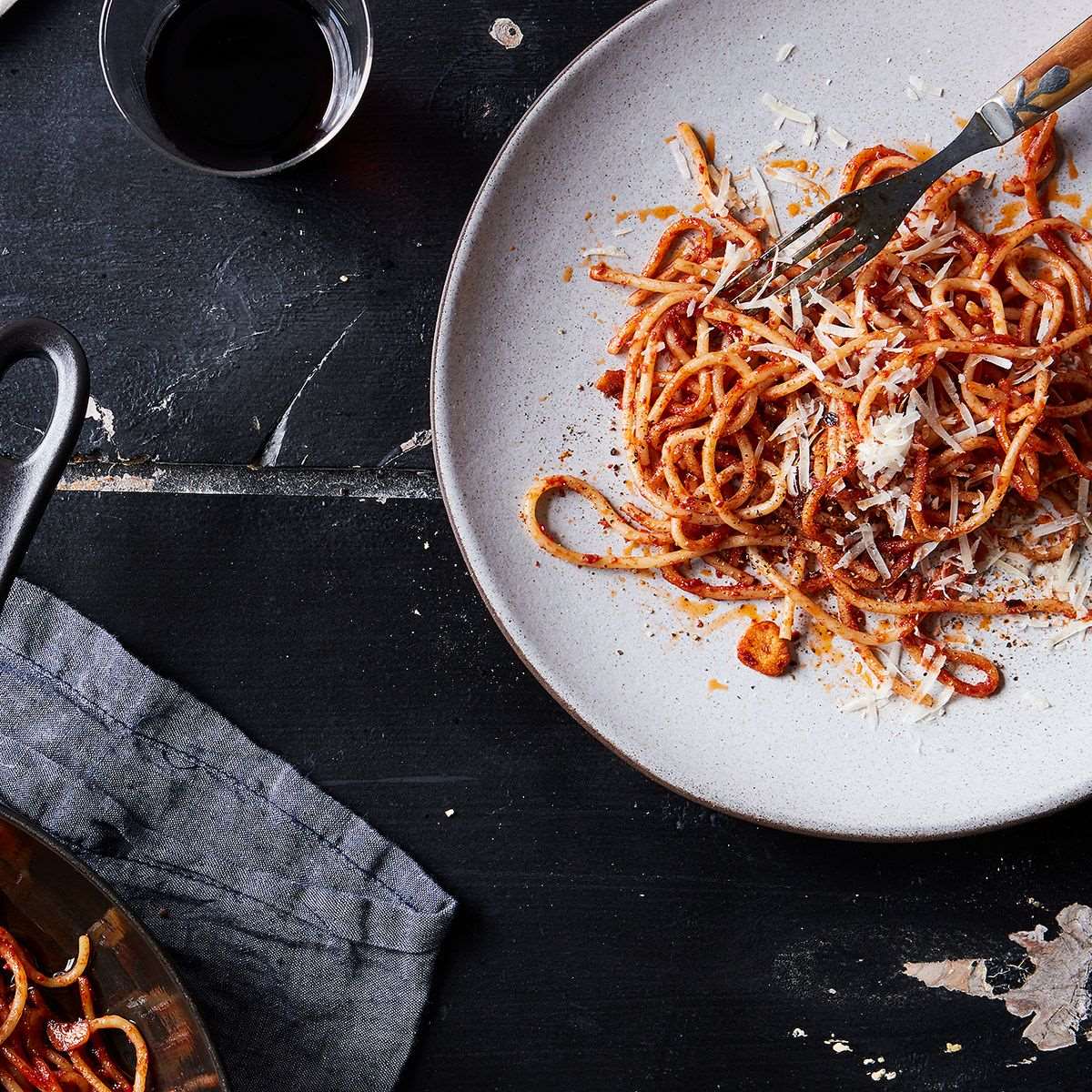
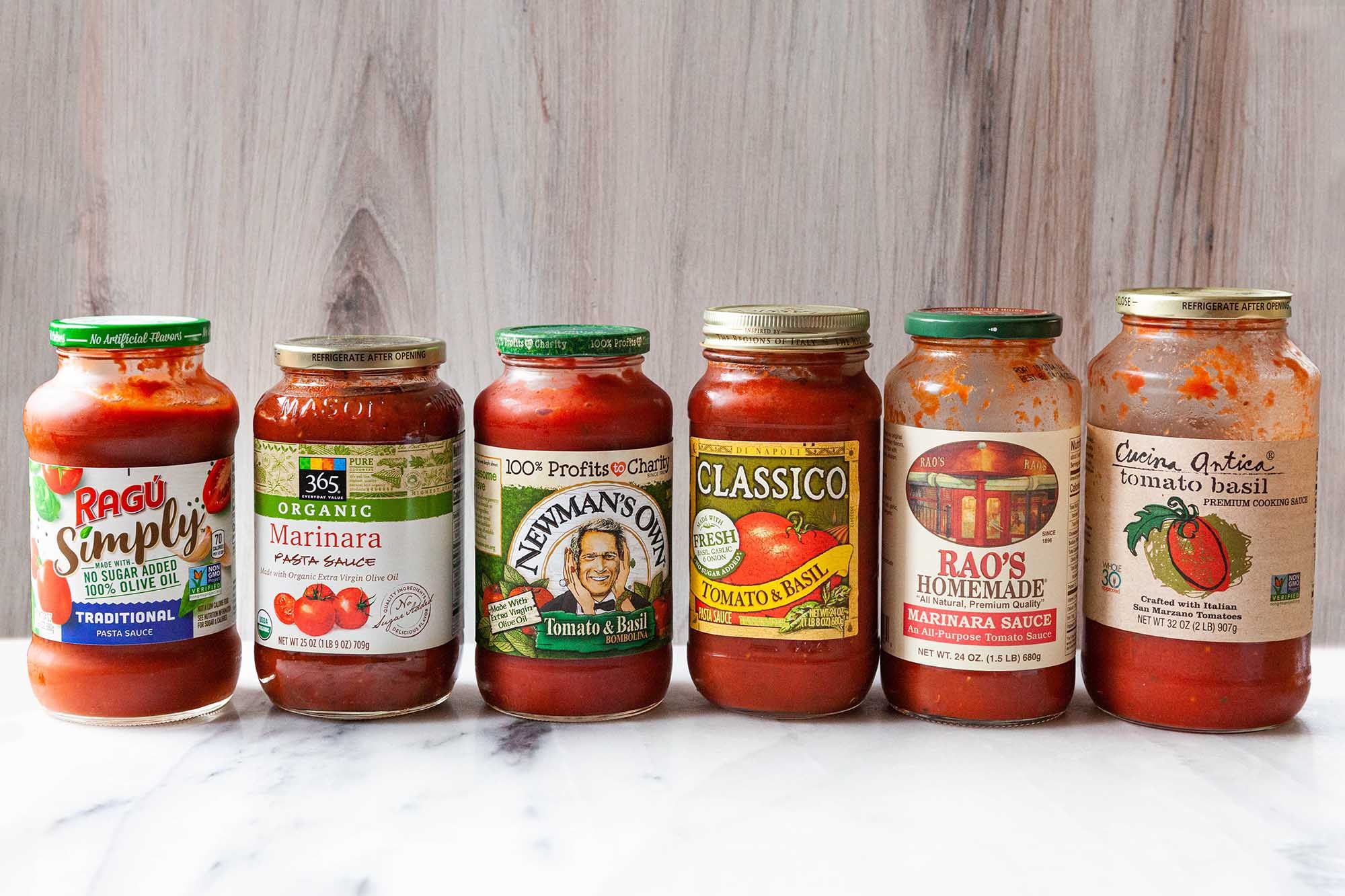
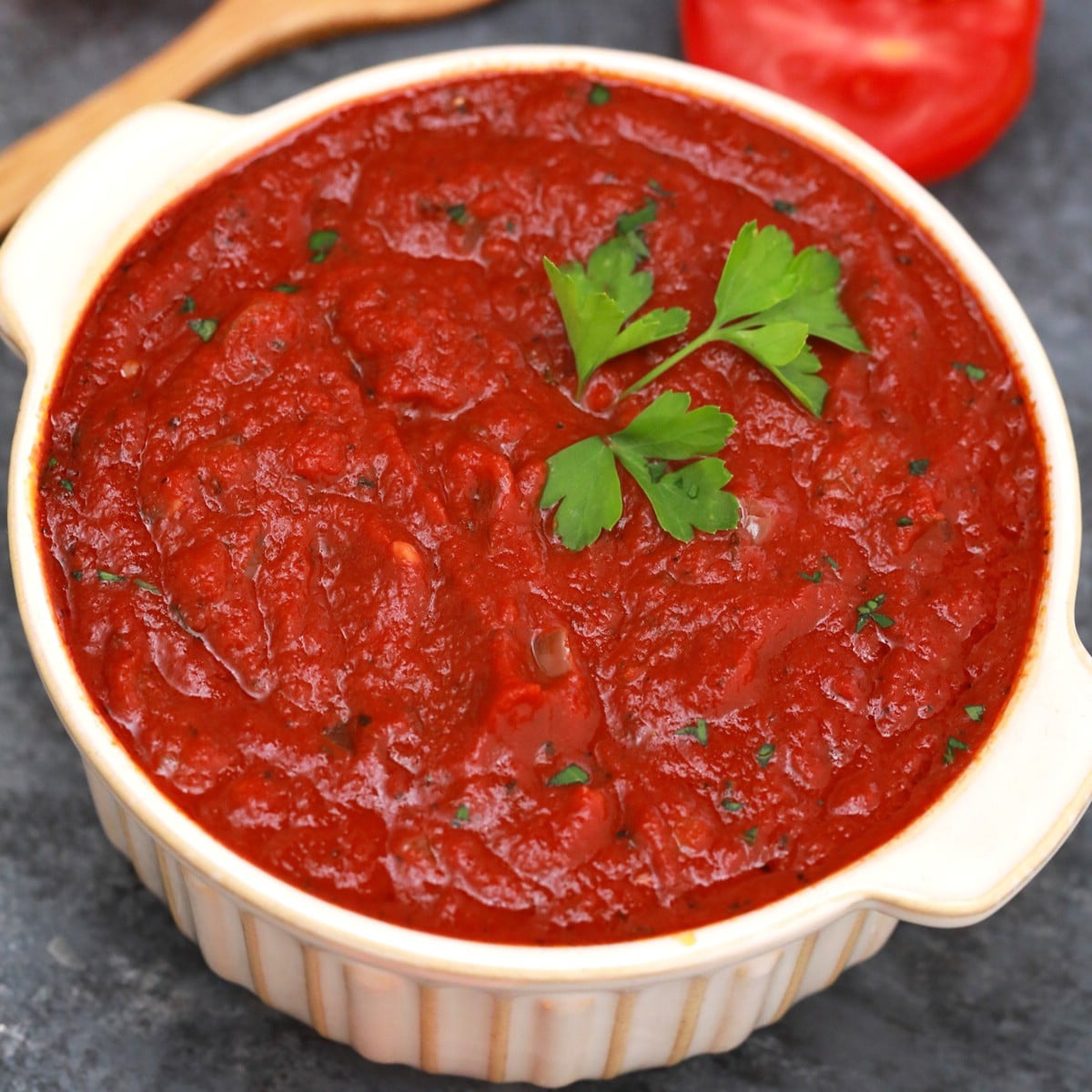
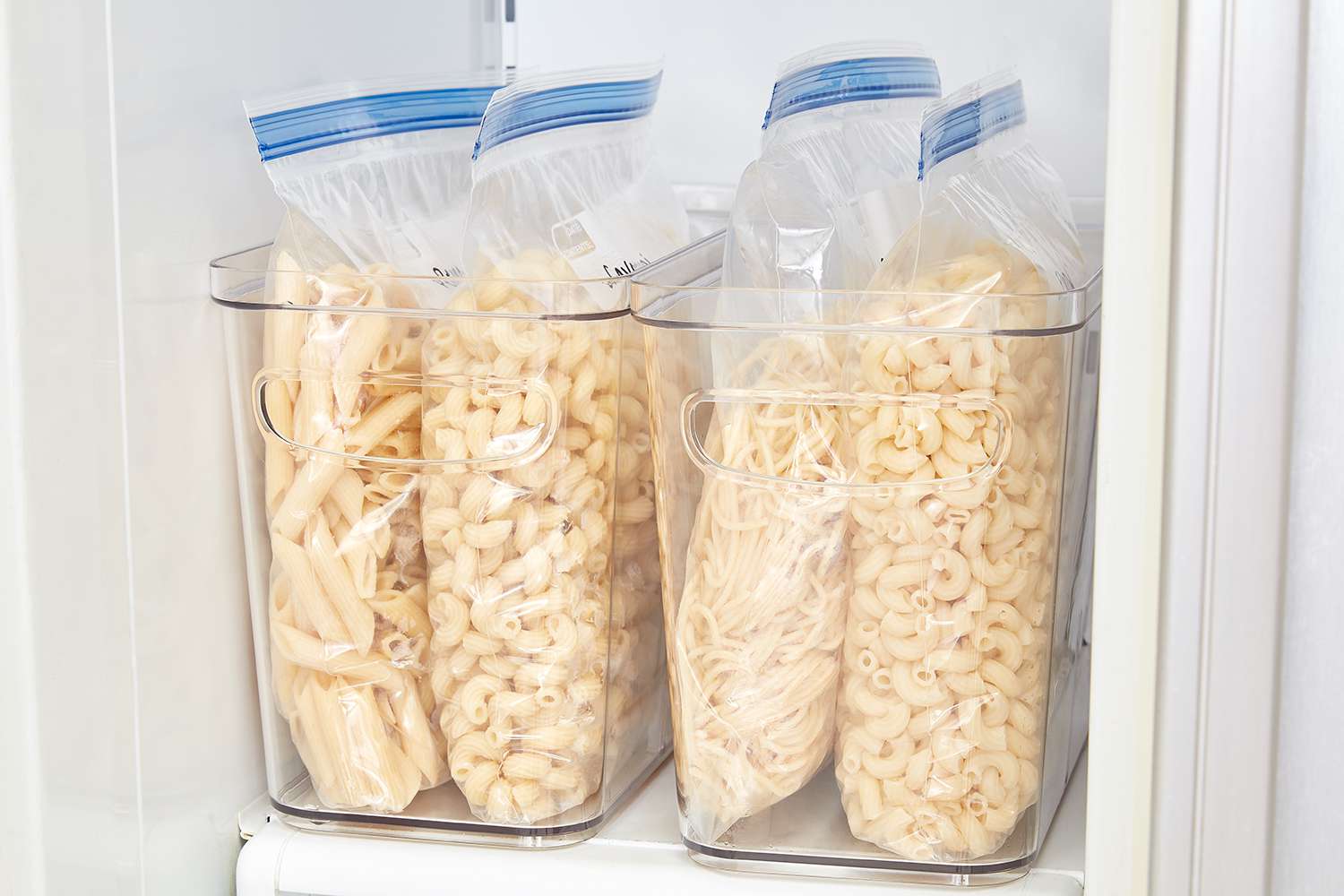
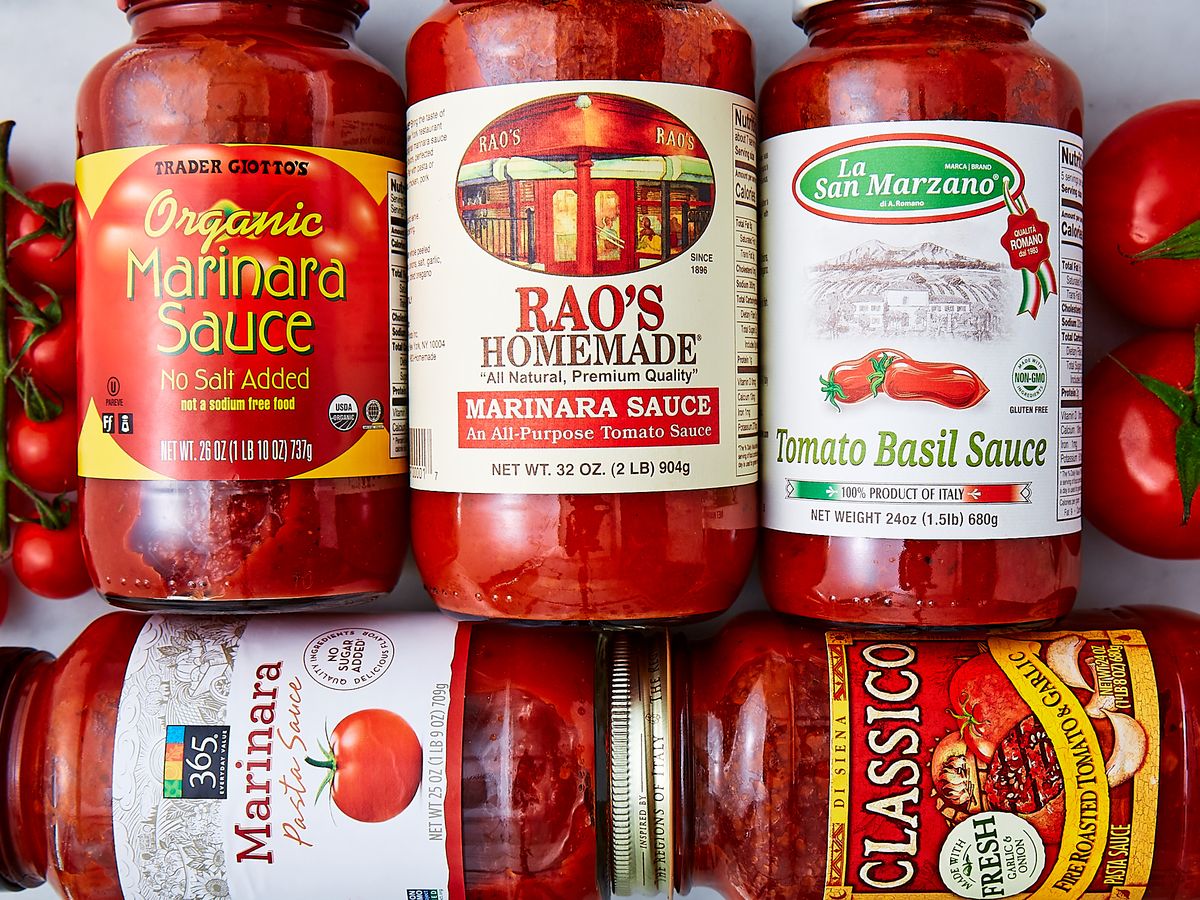
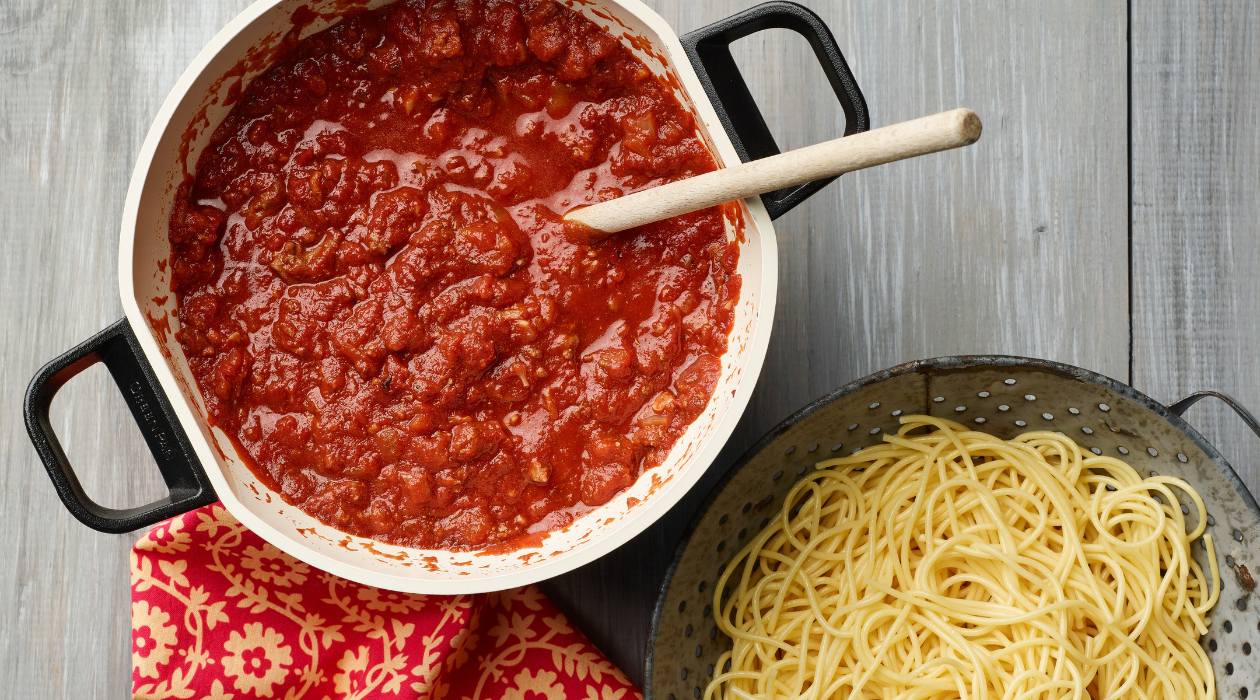
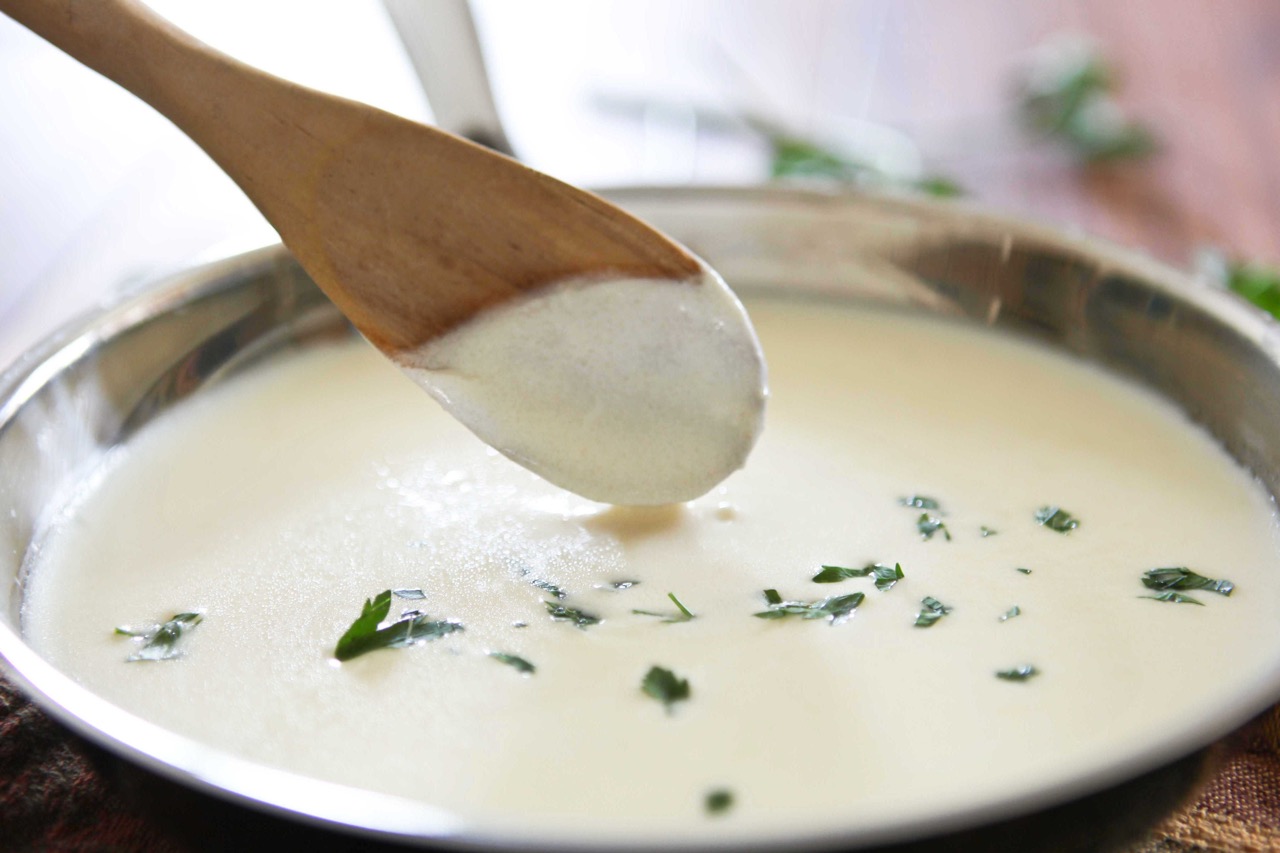
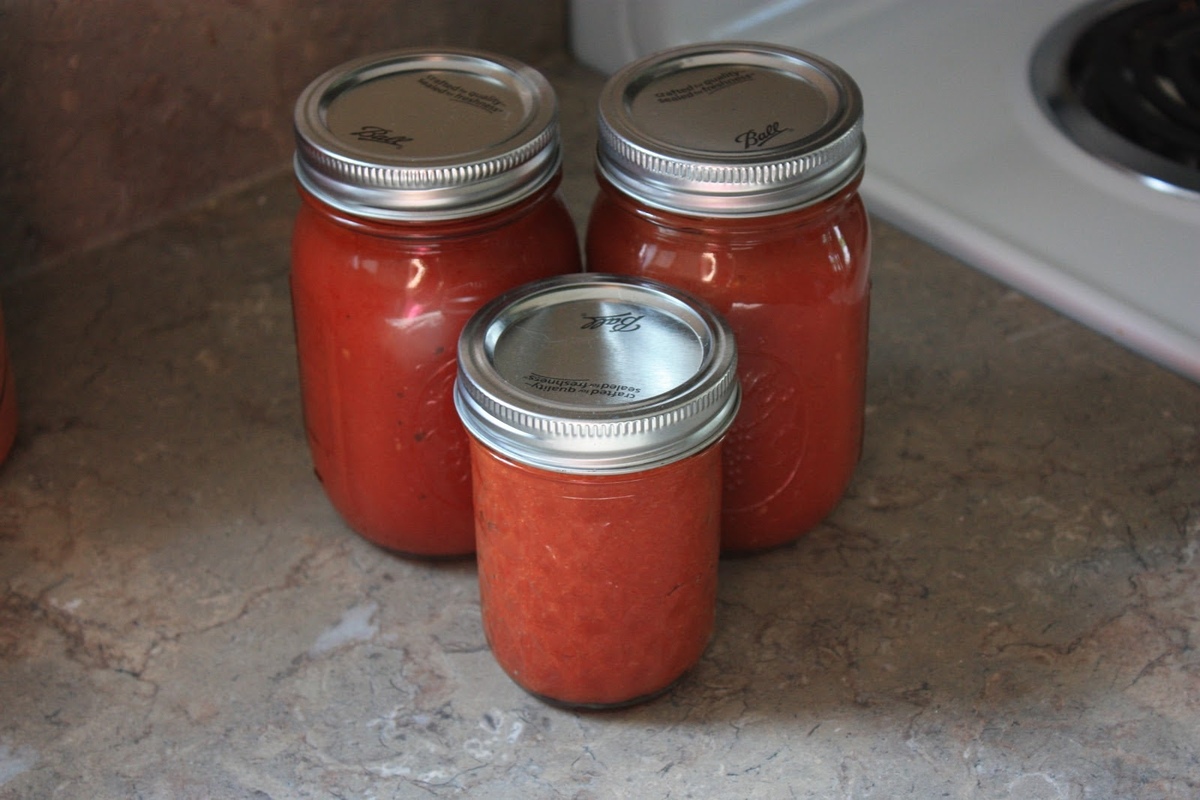
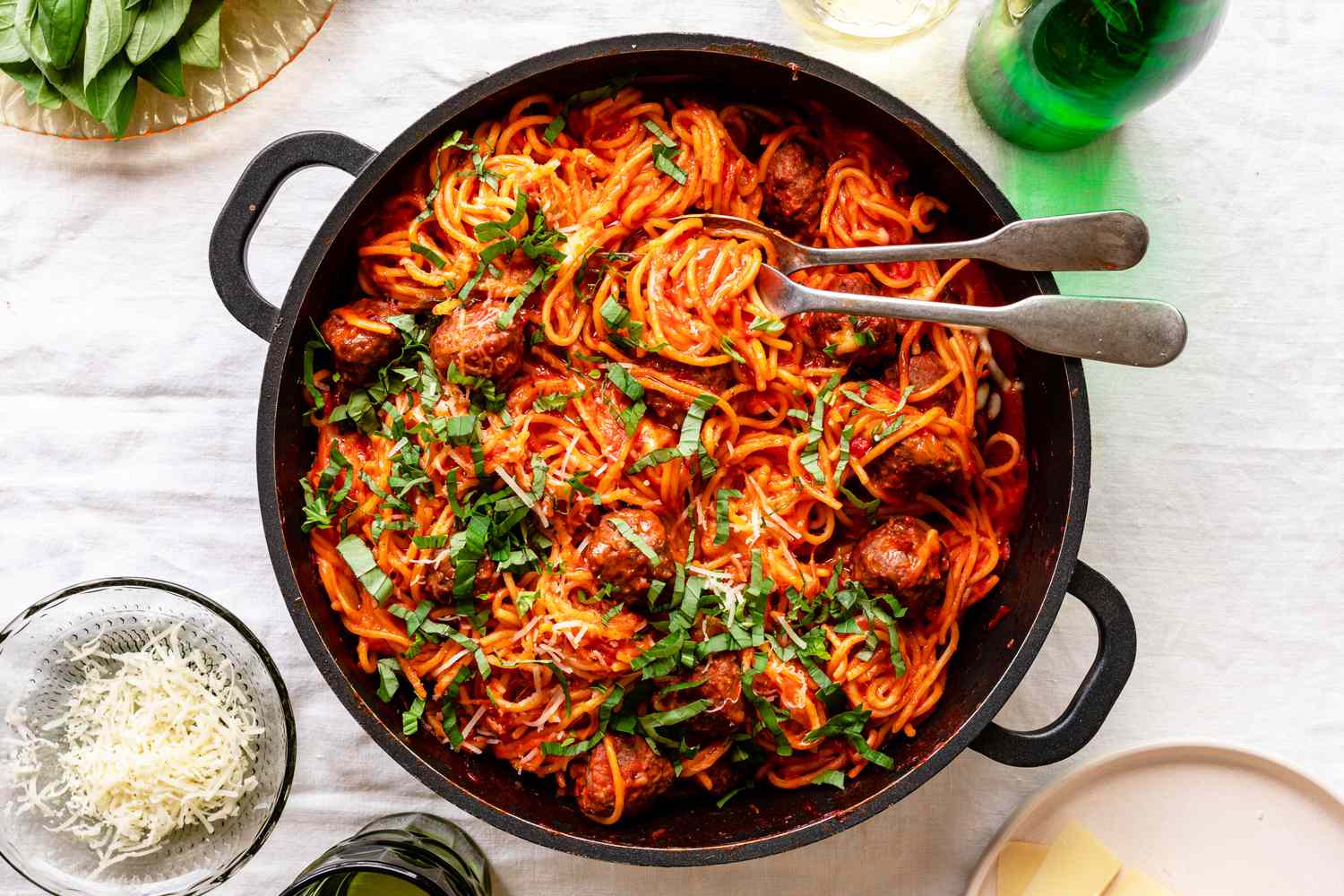
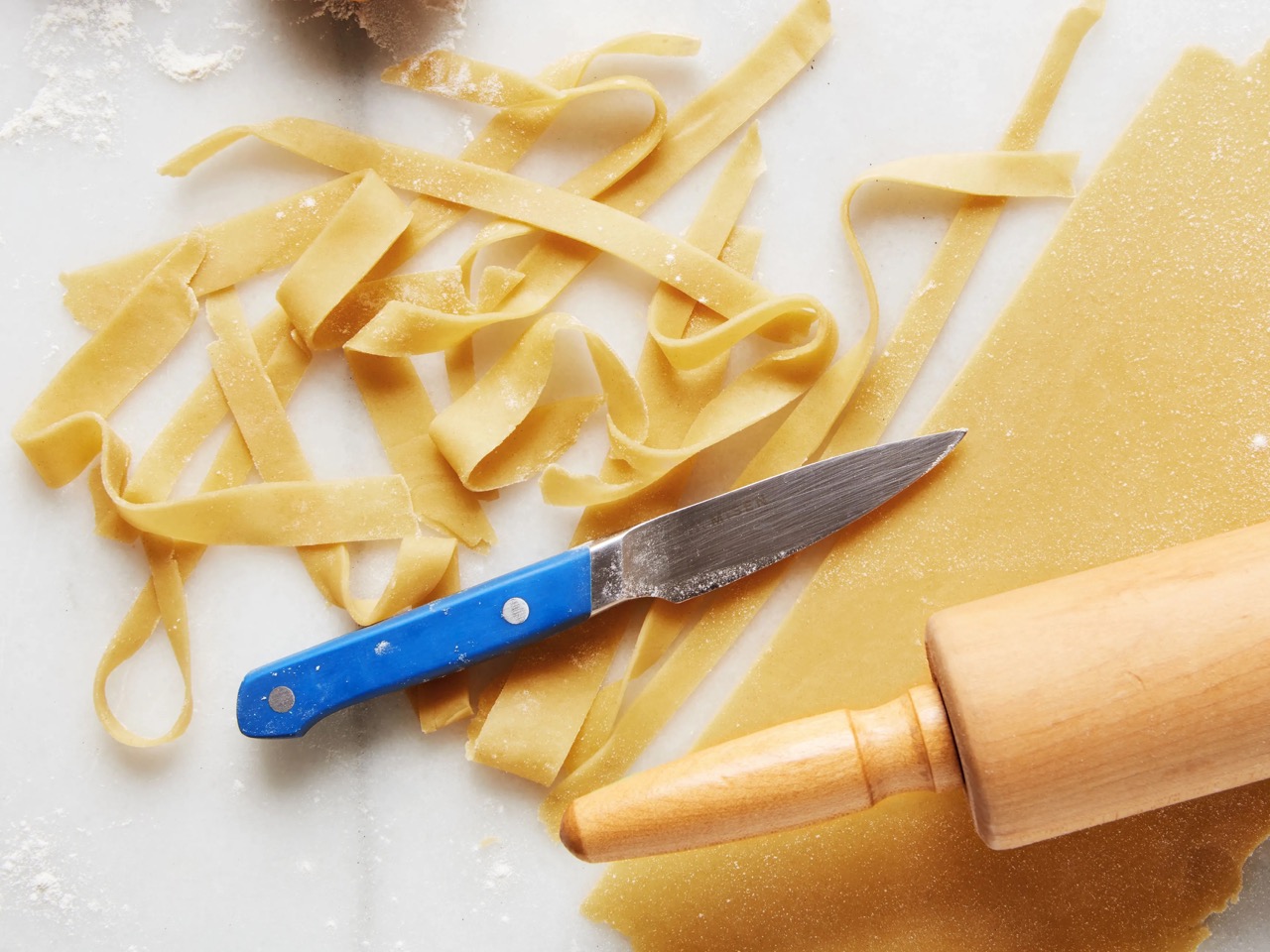
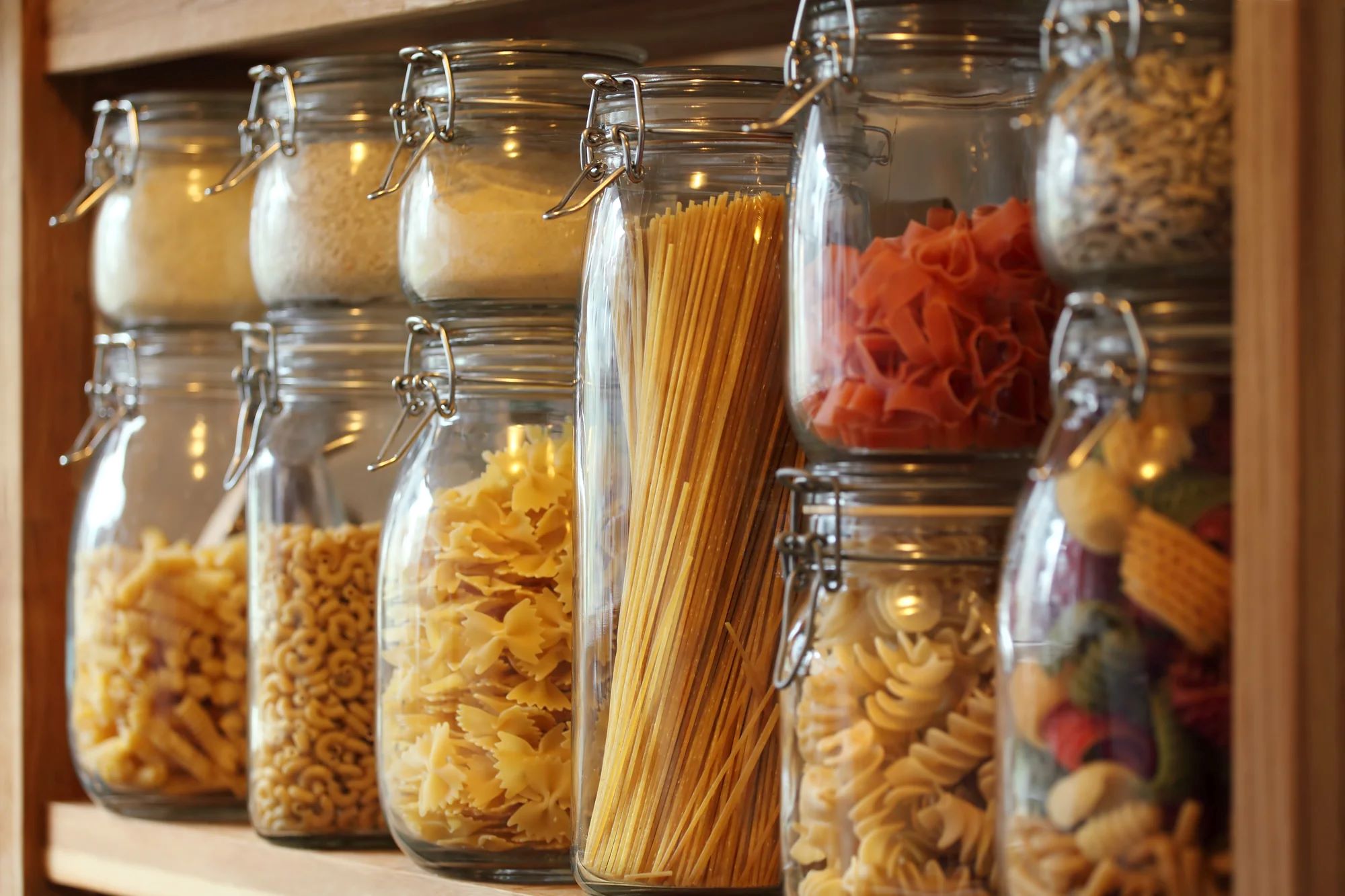
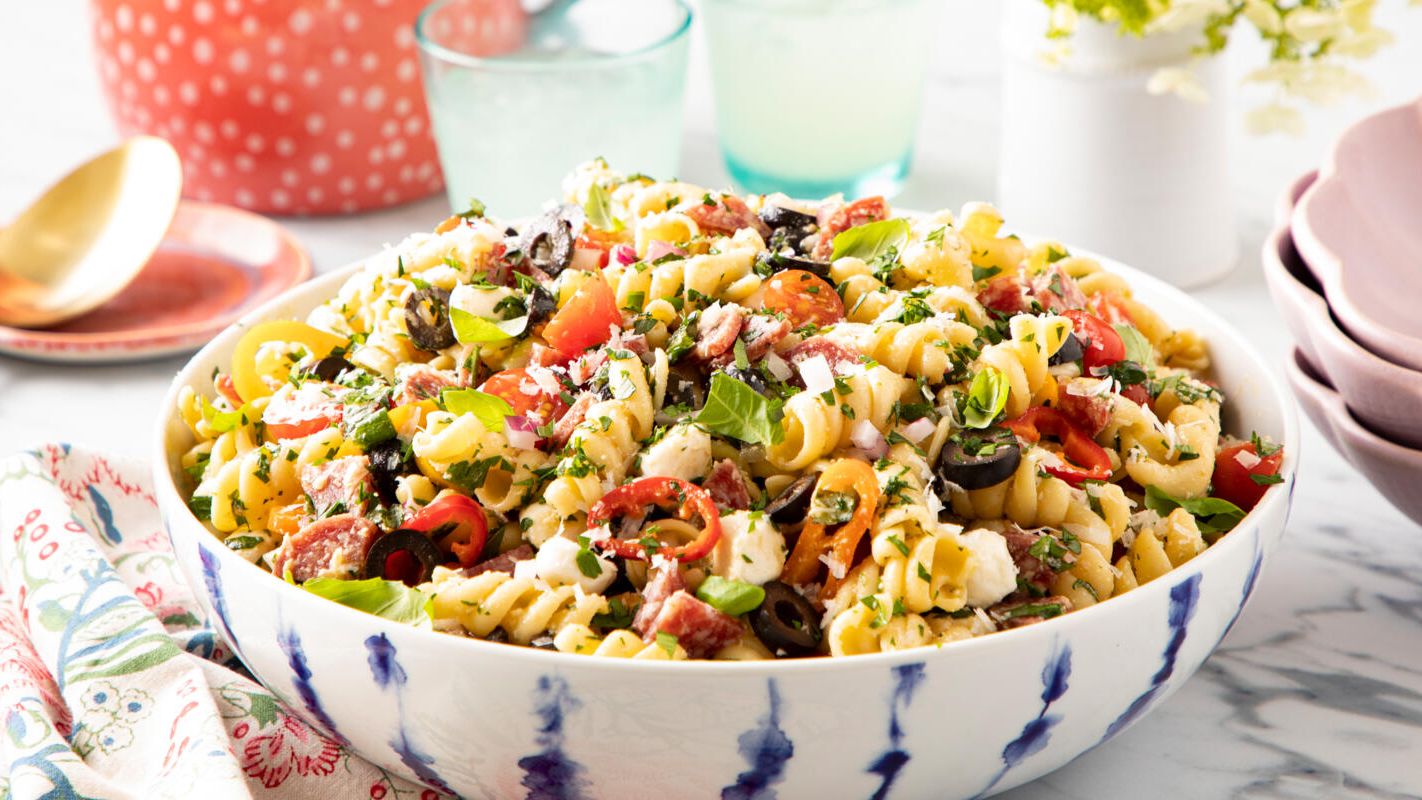
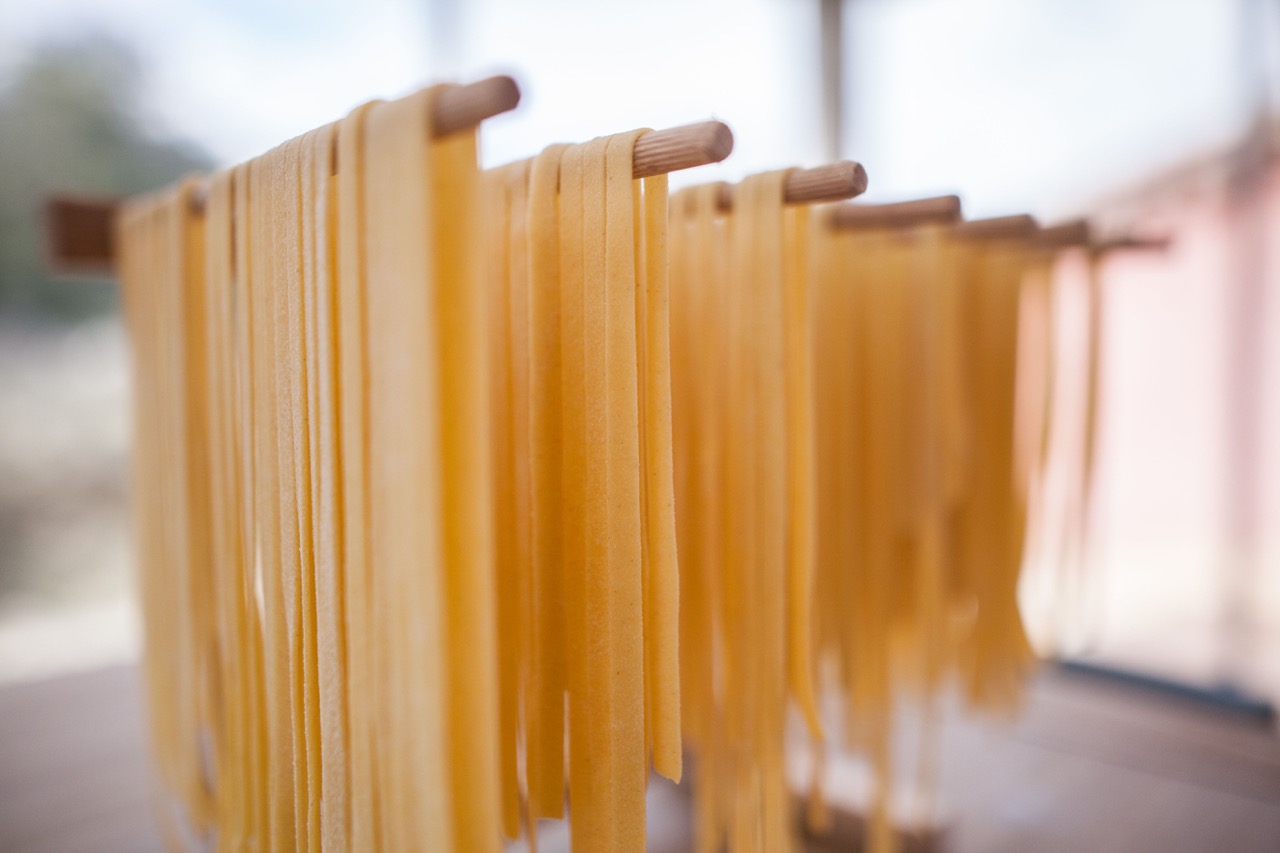
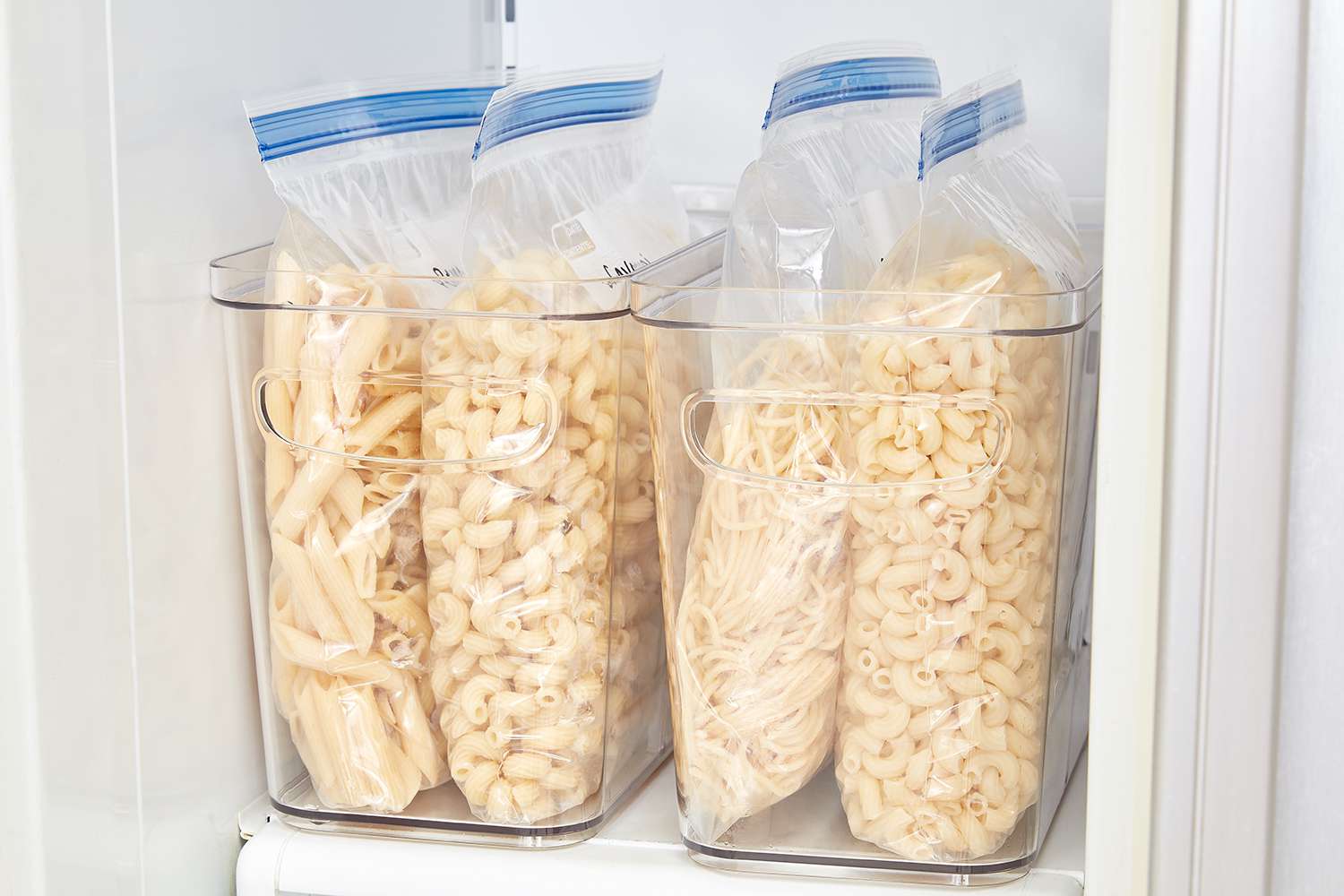

0 thoughts on “How To Store Cooked Pasta Without Sauce”